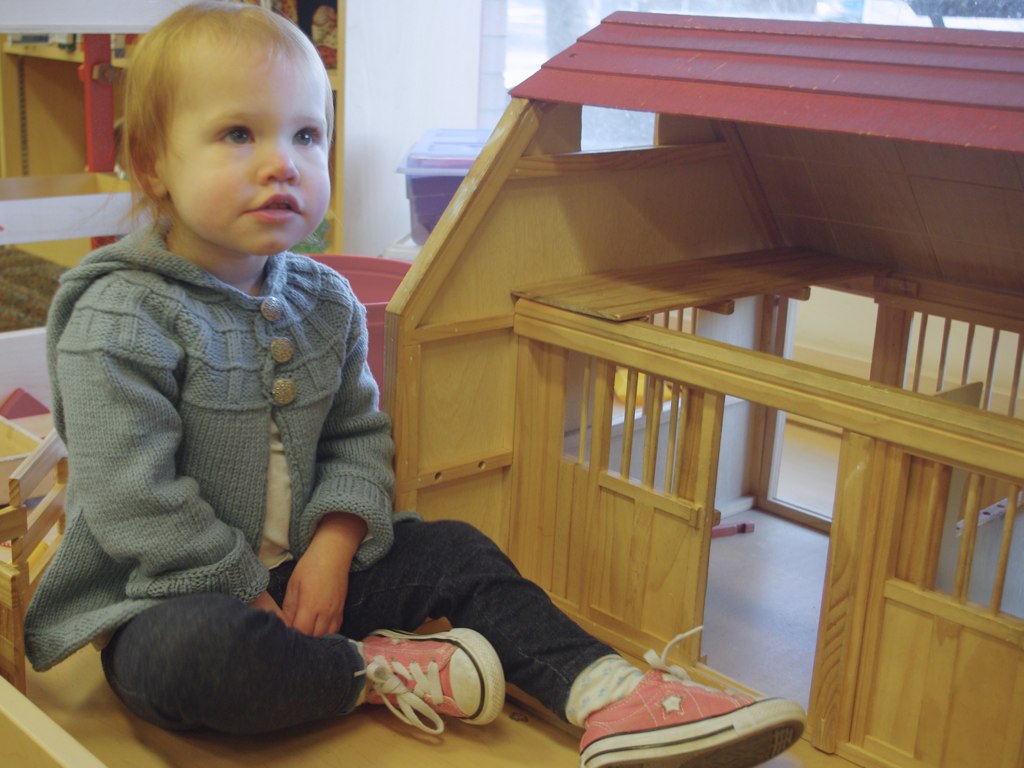A key thing to know about my progress as a designer is that I learned to sew a long time before I ever learned to knit. As a result, some of my earlier designs were the product of shoehorning knitted fabric into a sewn-like construction (I thinking primarily of Wetherell and the Carmel Clutch here.) Not to say that they didn't work, but that they weren't "knitterly."
When I say knitterly, I mean something that takes distinct advantage of what only hand-knitting can do, or what knitting does best. Yes, you can knit a woven-look stitch pattern, but clearly weaving does it better (and easier). Knitting miles of fine gauge stockinette? Perhaps you're better off buying a sweater-knit fabric and sewing it together, or working the pattern on a knitting machine. But shaped-lace? Knitting (or crochet) wins. Cables? Only in knitting. Seamless construction that's not a simple tube? Knitting again.
Which brings us to i-cord.
If, like me, one of your first introductions to knitting was through a knitting doll/nancy or mushroom, then you know that i-cord or "corking" is quintessentially knitterly. Those tight little tubes of yarn that go on and on and on.
I first ran into i-cord as a garment edging when I knit my still much loved and worn Manu sweater. Having enjoyed it in someone else's designs, I decided to integrated into one of my own, and to see if I could find a way to replicate the effect of i-cord, not just on the edges, but within the fabric itself. Discovering that a horizontal pleat/welt/ridge did the trick nicely, I ended up with the Bob & Wave Cowl.
The i-cord/welt combination stuck in the back of my mind and when LMC needed a winter sweater it sprung back to life (in a surprisingly similar color...).
Here the i-cords and welts play up the structure of a circular yoke and give not only a clean finish to the garment edges, but provide some built-in button loops. The circular yoke construction is further emphasized by expanding vertical ribs. A simple workhorse yarn - here Quince & Co's Lark, places the focus on the texture and structure.
The finished garment is nearly seamless (there is some grafting at the back of the hood) and, I would say, very knitterly.
Pattern Details
Sizes
NB (3 Mo, 6 Mo, 12 Mo, 18 Mo, 2T, 3T, 4T, 5, 6)
Chest Circumference: 18 (19, 19.5, 20.75, 21.75, 21.75, 23, 24.25, 24.5, 25.25)”/ 45.5 (48.5, 49.5, 52.5, 55, 55, 58.5, 61.5, 62, 64) cm”
Sample size 2T, shown on 22-month old w/ sleeves cuffed.
Yarn
4 (4, 4, 5, 6, 6, 7, 7, 8, 8) skeins Quince & Co. Lark in Bird’s Egg [100% American Wool]; 134 yds [123 m] per 50g or approximately 415 (455, 495, 555, 695, 735, 845, 930, 990, 1045) yards of worsted weight yarn.
Purchase
Belacqua is available for purchase via the following methods:









